
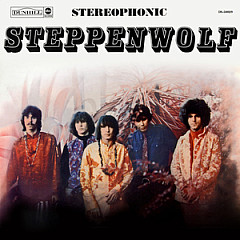
The first popular song to use the phrase "Heavy Metal" was "Born To Be Wild" by Steppenwolf, which was featured in the movie Easy Rider.
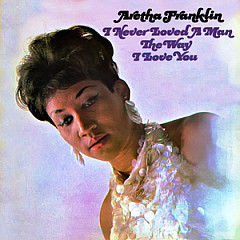
Props to Aretha Franklin: her song "Respect" introduced the term "propers" as a sign of proper respect.
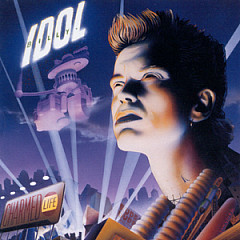
When singing "Cradle Of Love," Billy Idol typically changes a line to, "This song is so cheesy."
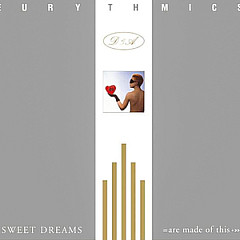
The Eurythmics' "Sweet Dreams (Are Made Of This)" came top of a 2013 Spotify poll to find out which songs music fans most commonly hear people singing incorrectly. Many believe Annie Lennox is singing: "Sweet dreams are made of cheese, who am I to disagree?"
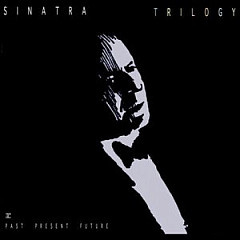
Frank Sinatra was 64 when he had his last hit: "New York, New York." The song pegged him to New York City, leaving Las Vegas to Elvis.
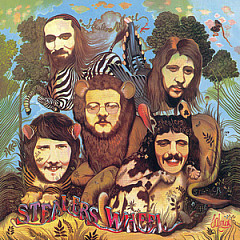
"Stuck In The Middle With You" by Stealers Wheel was the unlikely choice for a torture scene in Quentin Tarantino's 1992 movie Reservoir Dogs.

Dave explains how the video appropriated the meaning of "Runaway Train," and what he thought of getting parodied by Weird Al.

His keyboard work helped define the Muscle Shoals sound and make him an integral part of many Neil Young recordings. Spooner is also an accomplished songwriter, whose hits include "I'm Your Puppet" and "Cry Like A Baby."
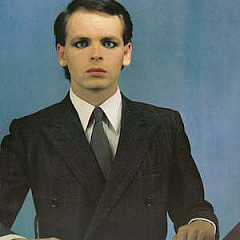
An Electronic music pioneer with Asperger's Syndrome. This could be interesting.

Roger reveals the songwriting formula Clive Davis told him, and if "Eight Miles High" is really about drugs.

Devo founders Mark Mothersbaugh and Jerry Casale take us into their world of subversive performance art. They may be right about the De-Evoloution thing.
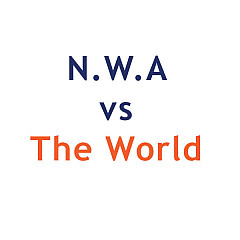
How the American gangsta rappers made history by getting banned in the UK.